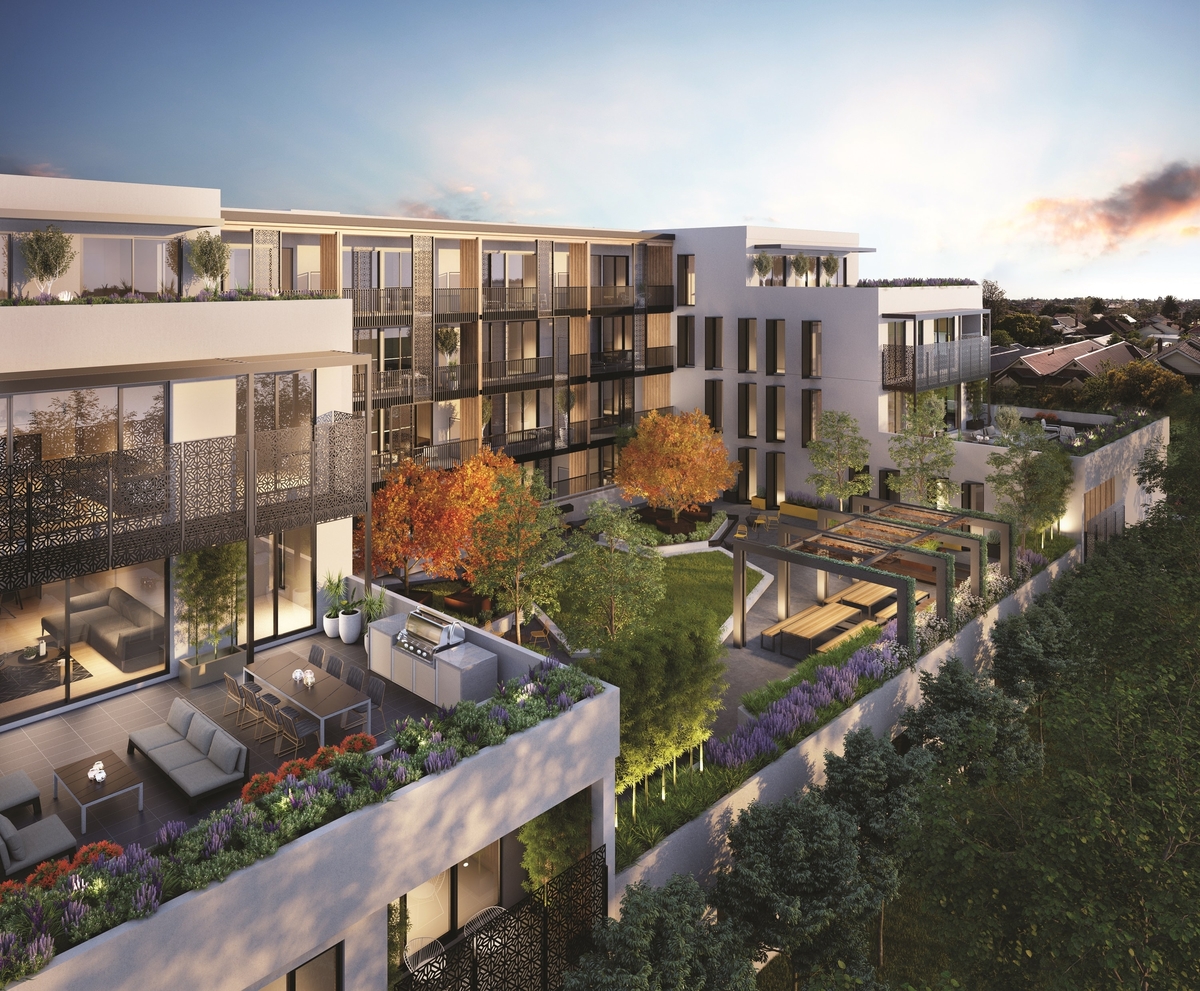Strategy is Key to Multifamily Developer's Success

Multifamily developers doing business in 2011 were either surviving the recession or were quickly becoming a victim of it. Charlotte, N.C.-based Crescent Communities had advantages that helped it survive. It was a diversified company, building high-quality, mixed-use multifamily and single-family communities as well as resort developments. It had nurtured relationships with industry leaders and lending institutions. And it had hired Brian Natwick to oversee its multifamily division.
Natwick, now the president and COO of Crescent Communities, said that the company was “well-positioned to be able to think about what was happening in the housing market and formulate a strategy – a long-term plan.” That plan focused on the Sunbelt and the coast — the “smile” states.
The company leveraged its history of success to expand with a focus on the multifamily and mixed-use sector in Raleigh and Durham. “Since then, a total of 39 communities throughout our market completed and sold,” Natwick said. Turning the slowdown into an opportunity, the company was able to “build a great team — now 155 people in seven offices — and will produce $1.3 billion worth of work this year and next.”
Natwick credits the company’s success to its thoughtful attention to not only its mission statement – “Build community and better people’s lives” – but also its statement of timeless and enduring values: “Do What’s Right. Be Curious. Innovate Always. Deliver Excellence.” He said that the pursuit of excellence results in high-quality buildings, which attract investors.
“The company has raised $4 billion in capital from partners we didn’t have a relationship with before 2011,” Natwick noted.
The company’s approach to planning and execution earned it the 2019 Pillars of the Industry Award for Development Firm of the Year, celebrated at the recent NAHB International Builders’ Show®.
Crescent Communities has branded its properties with the word NOVEL before each community name. Although that might suggest that every NOVEL community is the same, each one speaks specifically to its surroundings. The company typically spends the first two years of a four-year project on research to determine the “why” of the community. What can this community add to the neighborhood that would not only attract potential renters, but also make the neighborhood welcome the new community?
Crescent recognized early that today’s renters like to know that their homes were built more sustainably and use energy efficiently. Its first two green buildings were former office buildings for the Environmental Protection Agency in Washington, D.C., in the 1960s.
“We now build all our buildings using the National Green Building Standard,” said Natwick, noting that it is a more multifamily-friendly standard.
While most economists are forecasting continued demand for multifamily in 2020, others see a possible economic slowdown. But Natwick points out that a multifamily focus provides flexibility on project size and type.
“A slowdown wouldn’t surprise us,” he said. “But we don’t focus on when. We focus on what we do. We’re disciplined in underwriting and site selection, and our core values haven’t changed.”

